Fashion
‘My Siblings Could Pass. I Could Not.’
Published
3 years agoon
By
Terry Power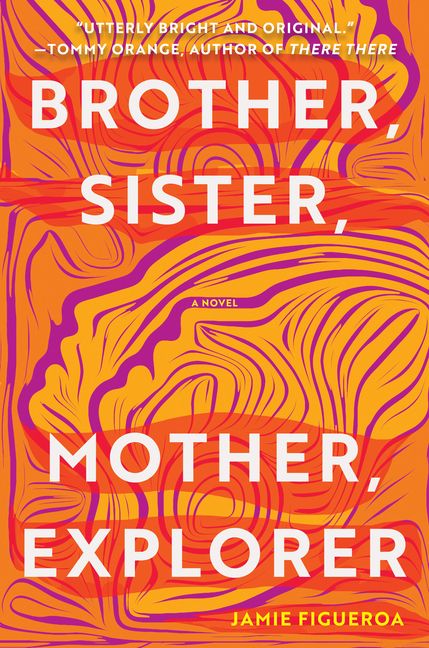
It’s evidenced in this particular photograph: Light skin, dark skin, and everything in between. My mother, her sisters and brothers lined up on and around a floral printed couch, circa 1970. The eldest sister, the lightest; the youngest sister, the darkest. Although they were different ages when migrating to the mainland, all nine were born and rooted on the island. In the photo, they pose in a compact living room apartment in NYC. Collars are wide and pointed as if winged things. Fitted polyester pants accentuate waistlines. From one head to another, the tightness and color of the curls change, as do the shape of eyes and how wide-set, the twist of the lips and how full. But the round noses and the teeth—that smile—are all nearly the same. That a nuclear family, with the same mother and father, could vary so drastically in appearance, in skin tone, is not cause for wonder—or concern, for that matter—on the island of Boriquén (Puerto Rico) or among the diaspora. Boricua de la Luna, as I’ve heard us called.
It was another matter entirely for me and my two older sisters in rural Ohio during the 1980s and ’90s.
I was fortunate that I am a carbon copy of my mother. I clung to her for orientation, no matter the chaos around us. Cousins I’ve never met have seen my image and immediately claimed me as a relation, familiar in my features. The wide-set eyes, the round nose, the full mouth, the smile and brown skin. My inheritance. And my mother clung to me; I was her favorite. Her favorite, a term she used for each one of her daughters, as we all did our best to buoy her. Because I matched my mother, there was less pain, or rather a different kind of pain, when the four us—my mother, my eldest sister, the middle sister, and I—were interrogated by random, “well-intentioned” white women. The waitress, check-out lady, church lady, passersby engaged in small talk: “Are you all related? Do you have the same mother and father?”
Growing up, this was part of the dreaded trinity of shame-inducing questions. If you are a BIPOC, especially first-generation American, I’m sure you can guess the other two. (“What are you?” “Where are you from?” And sometimes, “What’s your accent?” I have no accent, even if I look to some like I “should.”) These were—are—often asked before, “What’s your name?” and “How are you?”
The way others saw us, in turn, molded how we saw ourselves. In my younger years, that meant I was confused when I saw myself. Suspicious. That question echoed in my mind when I glimpsed my reflection: “What are you?” It scrambled my own capacity to fully see and experience myself. Yes, what kind of thing was I?
My mother discouraged braids and beads, head wraps, ethnic prints, and any other visual cue that pointed to our darker expression. No doubt this is from her own experience of the assimilation/colonization project. Passing—hiding—equaled survival. Keeping others guessing meant leeway and possible protection from the polite, but no less threatening, racism of the Midwest: The staring at seemingly benign places like restaurants and cafés. Once, while I was wearing a headwrap at a chain-import store where I worked, a white male coworker thought it funny to call me Aunt Jemima for the day. He asked when I intended to clean his apartment.
While I am mother-identified, that does not exclude my father’s Irish American contribution. For my sisters, their whiteness was never in doubt. They passed. I don’t remember hearing them ever identify as women of color. At 18, I changed my last name to my mother’s maiden name. After all, my father was more of a stranger, someone I feared and avoided—easy to do with him more than a thousand miles away. My mother’s body was my creation story. Our resemblance meant feeling something that was rare and undeniable, a real sense of belonging.
There is a fragment of a scrap of a rumored story in my family: That my father never met my mother’s father. One opportunity to do so was during a rare visit to my grandfather’s apartment, but my father was made to wait in the parked car below as my mother jogged up the stairs to greet my grandfather. Had my father seen his father-in-law, my mother’s mirage would have dissipated. She would’ve gone from beautiful and “exotic” to mix-mix. The daughter of an Afro-Caribbean/Taíno man.
In the decade following, my parents would divorce, my father would relocate, and my grandfather would pass away. It’s strange to think how something so obvious and intimate as the identity of one’s spouse can be veiled. Because my mother’s first language was Spanish, to my father and his family, lodged in their Deep South thinking, it kept her unknowable, foreign. Foreign as the idea that race is a false, socially constructed notion, even with its inhumane history of violence, domination, and suppression. As foreign, my mother seemed to defy the oversimplifications of their thinking and the limits of their exposure. She stayed just out of target when they fired off rounds of the n-word.
I can’t help but think of a phrase I heard my first time on the island: “Mejor la raza.” Better the race. If I remember correctly, the woman sharing this with me at the time winced as she said it, as if to say, “I know, pretty messed up.” Betterment was synonymous with lightness. An elder and my teacher, she welcomed my questions, the tangling and untangling of my confusion. “But there’s another shared understanding here,” she added. “Everyone comes from a Black grandmother.”
In other words: It’s complicated.
While a family varying in skin shades is not uncommon or concerning for island folks (and many other folks around the world for whom I cannot speak), that does not mean that if you do some digging, you won’t find the persistent influence of colonization, of ongoing racism, internalized and externalized. There is a rumor in my extended family that when babies cried, the lightest got the milk first.
I’m claiming contradictions here. But this is where the light and the dark coexist. Not in one or the other, but in a multitude of combinations. All of it. Mix-mix.
Perhaps this is a good place for my standard disclaimer: I am not poster child, nor spokesperson, for mix-mix. Island or not. (BIPOC, you know what I mean.) I have logged decades of identity questions and suspicious stares. All those boxes that never capture the human expression. All that explaining of context. All that schooling for those demanding I inform and educate them. It’s a schizophrenic dance demanding adaptation by the dominant culture.
This is my singular, unique experience and common life. At this moment in our shared history and shared future, as we see and feel our interconnectedness and interdependence like never before, we must make room for everyone’s singular, unique experiences and common lives. Now is the time to take diversity person by person. No more shorthand convenience, generalizations, or stereotypes. Now is the time to listen like we mean it. Our stories are the medicine. Expressing all the compassion we’re capable of as human beings takes effort.
What I’ve come to understand as my truth is that I feel at ease in spaces that include the entire spectrum. I need to look out and see the lightest and the darkest—and all possible combinations—in order to settle. And in return, I need to see, in that look, in those eyes, sincere offers of receptivity and dignity. When I see expressions of my family in the faces of strangers, not only do I feel connection, but rightness. My hand in my relative’s hand does not mean we are the same tone or even the same color. This is comforting to me. It still means family. It still means love.
Once I made my exodus from the Midwest into a new home territory of diversity and equality in the Southwest, I had to suffer through excavating what I’d internalized as one of the only children of color in my town/in my school/in my friend group/in the churches I had been made to attend. I had to welcome my own multi-influenced image home to myself instead of rejecting it when I saw it reflected back to me—in mirrors, store-front windows, car windows, in the eyes of others (particularly, white folks). As a perpetual outsider, I had to become confident at claiming what I had a right to: my mix-mix identity.
Several years ago, I befriended and fell in love with a mix-mix man who has done the same. When pregnant, we shared how we would raise our child to know who they were, who their people were, the lands that claimed them, their creation stories, and to accept all of this with love and compassion for themselves. I made a short list of what I believed to be essential Boricua knowledge in my poor Spanish, my even worse Taíno. Being Boricua by way of Ohio, I confess it was not easy. It is still not complete. And yet, it is worthy of my energy and attention. My partner did the same. His list of Indigenous knowledge is much longer, his hold on the traditional language inspiring. We did not know if we were having a boy or a girl. Of course, we did not know what our baby would look like, who they might resemble.
What struck me in the first days following my son’s birth were all the comments about his appearance. And about mine. From the nurses: “Can you believe this is her baby?” Or “He looks nothing like Mama.” From the midwife, Chilean by way of Brazil: “Ah, gringo.” Even with her shared experience, one of her sons just as pale, causing the neighbors in California to think her his nanny.
Complexity becomes more complex.
When we filled out those dreaded forms, we checked our own combinations as that was what he was. And yet, if anyone had to match his paperwork with him, I doubt they would get it right. While George Floyd was murdered and the country, the entire world, rose up in protest, I was tenderized and grief-stricken. I was also, frequently, on the phone with our pediatrician. How do I take care of his skin in the sun? In the cold, with any irritation? How was I to care for him and his skin that seemed to record not only any thought or emotion he had, but any disturbance in the environment? His paleness seemed to make him so fragile. How would I protect him?
Brother, Sister, Mother, Explorer
During the summer days of 2020, as I sat with my baby boy against my brown legs under the shade of our plum tree in the backyard, I thought about my grandfather, the one I share a birthday with, who died before I met him; my uncles, cousins and second cousins, the ones multiple shades darker than me. How dominant culture and institutions saw them, relegated to the shadows, unworthy of equal breath and life. I felt myself fixed in the middle of some generational color spectrum. My mother, grandfather, and his parents on one side of me; my son on the other side of me. I suspect that another in this position might be pulled to one side or the other. The tension is there, to be sure, especially here in the U.S. But beneath that superficial binary is a deeper knowing that goes back hundreds of years in my very DNA, to when the Spanish, then other Europeans, arrived with enslaved peoples from West Africa to Boriquén, where the Taíno thrived. They all are my ancestors. They are all my son’s ancestors. This deeper knowing roots me and secures me. With this strength, my arms, my inclusion, expand in both directions. In all directions.

Brother, Sister, Mother, Explorer
I will say to my son, when he can understand, that when you put your hand in your father’s hand, notice what you see. And when you put your hand in my hand, notice what you see. These are your coordinates. This locates you. Says, you are ours and you belong, even though we don’t match. That the requirement to love and belong within our family and the family of things (à la Mary Oliver) is not that you are exact or even alike. You are celebrated and so is your singular, unique experience and common life. And who knows about this country, this world, that he will inhabit decades from now, long after we’re gone and he’s holding his own child? Perhaps they will look like their grandmother? Or?
Dear Future World, We can do more than hope. We can act. We have to love like we’re related. Because we are.
Jamie Figueroa received her MFA in Creative Writing from the Institute of American Indian Arts.
This content is created and maintained by a third party, and imported onto this page to help users provide their email addresses. You may be able to find more information about this and similar content at piano.io
You may like
-
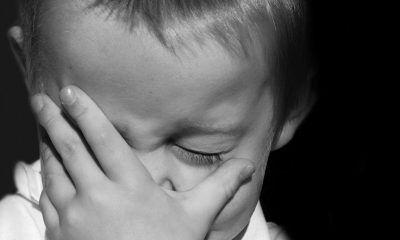

Father’s Genetic Impact More On Siblings With Autism, Study Finds
-


Can Mothers Pass On Obesity To Daughters? Here’s What A Study Says
-


Enzyme Treatment Given To Fetus Prevents Debilitating Condition That Killed Siblings
-


Common Chemotherapy Drug Can Pass On Its Toxic Effects To Offspring: Study
-
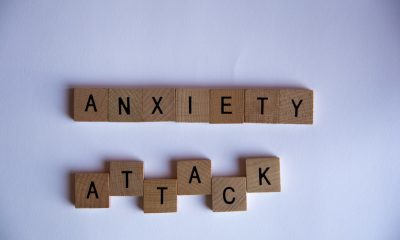

Can Parents Pass Their Anxiety Disorder To Children?
-


From Head & Shoulders to KitKats and Evian, inflation is coming to the grocery aisle as companies pass on rising costs
Fashion
Jennifer Lopez Joined Ben Affleck In L.A. With Kids For Thanksgiving
Published
3 years agoon
26 November 2021By
Terry Power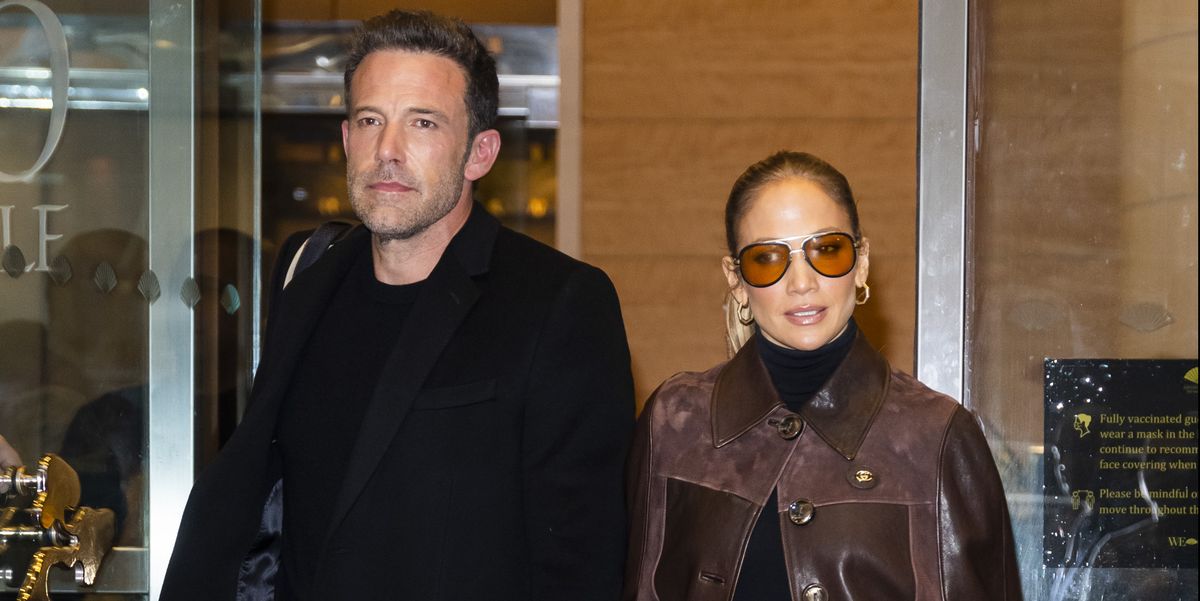
On Wednesday night, Jennifer Lopez arrived in Los Angeles with her 13-year-old twins Max and Emme. The family was likely there to join Lopez’s boyfriend, Ben Affleck, for the Thanksgiving holiday. Lopez recently returned from the much colder climate of British Columbia, Canada, where she was filming her latest project, The Mother.
J. Lo touched down in her private jet wearing a teddy fur coat from Coach’s Autumn/Winter 2019 collection, and a pair of Ugg boots. Classic airplane outfit, celebrity style. Lopez and Affleck originally dated in 2002 and broke up in 2004. Their romance was rekindled earlier this year, soon after Lopez ended her relationship with baseball player Alex Rodriguez. The new couple went official in July, while celebrating Lopez’s 52nd birthday abroad.
Affleck’s most recent relationship with Ana de Armas ended in January after about a year together. He had divorced ex-wife Jennifer Garner in 2015 after being married for almost a decade. Garner and Affleck had three daughters, Violet, Seraphina, and Sam.
Before traveling back to the U.S., Lopez posted a story to Instagram Reels about how grateful she was to be headed home.
“Hey everybody, it’s my last day here shooting on The Mother out in Smithers in the snow, it’s been beautiful, but tonight I’m on my way home,” she said, as she walked through the wild landscape in a black coat and beanie.
“I’m so excited for Thanksgiving! I hope everybody has an amazing weekend with their families and their loved ones, there’s so much to be grateful for this year. I’m on my way!”
This is the first major holiday of the year since Lopez and Affleck reunited, so it’s likely to be a big one for both families.
This content is created and maintained by a third party, and imported onto this page to help users provide their email addresses. You may be able to find more information about this and similar content at piano.io
Fashion
Everlane’s Black Friday Sale is Packed With Winter Essentials
Published
3 years agoon
26 November 2021By
Terry Power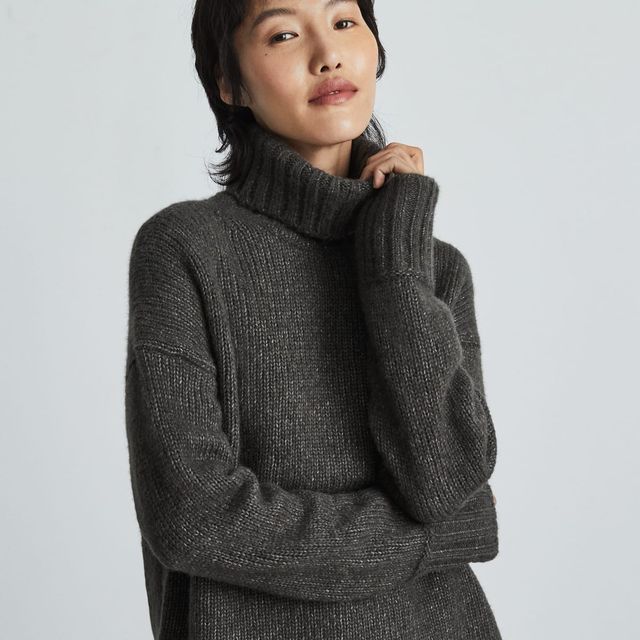
Courtesy
This is not a drill: Everlane just kicked off its Black Friday sale. Now through Monday, November 29, the direct-to-consumer brand is offering 20 to 40% off its cozy sweaters, minimalist activewear, and popular jeans. If you’re not super familiar with Everlane, let me spell it out for you: this is a big deal.
The e-tailer might be known for making sustainable, ethically made clothes and accessories at a fair, affordable price, but Everlane rarely has sales beyond its Choose What You Pay section. So, if you want to stock up on cute basics for less, now’s your time to shop.
And, in true Everlane fashion, the brand is taking this opportunity to give back. Everlane is partnering with Rodale Institute and help U.S. farmers transition their farmland to regenerative organic—and donating $15 per order to the cause. A great sale that gives back? I’m sold.
But, hurry! These deals are going to sell out fast, so you won’t want to waste any time filling your e-cart.
Advertisement – Continue Reading Below
1
The Cloud Turtleneck
$150 $105 (30% off)
Sweater weather is officially here, so why not pick up a few fresh layers? This turtleneck is the S’s: snuggly, stylish, and on sale.
2
The Authentic Stretch High-Rise Skinny Jeans
everlane
$78 $58 (25% off)
Looking for a great pair of jeans, minus the markup? Everlane’s classic skinny style is not only super stretchy, but it’ll look good with everything from chunky sweaters to silky blouses.
3
The ReNew Teddy Slippers
everlane
$65 $39 (40% off)
Why limit the shearling trend to the upper half of your body? These plush slippers will give even your most worn-in sweats a stylish edge.
4
The Chunky Cardigan
everlane
$110 $77 (30% off)
Sure, this may not be the cardigan Taylor Swift was talking about. But, with an exaggerated collar and ribbed finish, this style would definitely score top marks from the singer herself.
5
The Canvas Utility Boots
everlane
$115 $59 (40% off)
Brave the cold weather in style with Everlane’s chic boots. The canvas uppers and thick sole make these an ideal, all-weather option.
6
The Lofty-Knit Henley
everlane
$150 $105 (30% off)
Made with a nubby blend of merino wool, alpaca, and recycled nylon, this henley is perfect for a cozy night in, yet stylish enough to wear in public.
7
The Perform Bike Shorts
everlane
$45 $22 (51% off)
No, you can never have too many stretchy pants. Everlane’s bike shorts ooze major Lady Di vibes — for under $25, no less.
8
The ReLeather Court Sneakers
everlane
$110 $66 (40% off)
Made with recycled leather, these refresh sneakers will serve up major curb appeal — and Mother Nature’s seal of approval.
9
The Field Dress
everlane
$100 $60 (40% off)
Found: a fun, flouncy frock you can wear year-round. For a wintry take, pair with opaque tights and your favorite chunky boots.
10
The Cozy-Stretch Wide-Leg Sweatpants
everlane
$150 $75 (50% off)
With a straight-legged silhouette and wool material, it’s safe to say these are the chicest sweatpants we’ve ever seen. To sweeten an already enticing offer, this pair is half off.
11
The Organic Cotton Flannel Popover
$80 $56 (30% off)
Everlane reimagined the traditional flannel with a cropped silhouette, voluminous sleeves, and a slew of minimalist colors.
12
The Studio Bag
everlane
$275 $192 (30% off)
Large enough to fit all your essentials, but not too big that it’ll weigh you down, Everlane’s Studio Bag is the perfect everyday purse.
13
The ReNew Long Liner
everlane
$158 $118 (25% off)
House Stark was right: winter really is coming. Made with recycled materials, this liner is a great layering piece that’s considerably chicer than the yesteryear’s Michelin Man-worthy parkas.
14
The Felted Merino Beanie
everlane
$50 $30 (40% off)
All set on clothes? Pick up this cheery beanie, which is 40% off its original price.
Kelsey Mulvey is a freelance lifestyle journalist, who covers shopping and deals for Marie Claire, Women’s Health, and Men’s Health, among others.
This content is created and maintained by a third party, and imported onto this page to help users provide their email addresses. You may be able to find more information about this and similar content at piano.io
Advertisement – Continue Reading Below
Fashion
29 Winter Fragrances That Exude Main Character Energy
Published
3 years agoon
26 November 2021By
Terry Power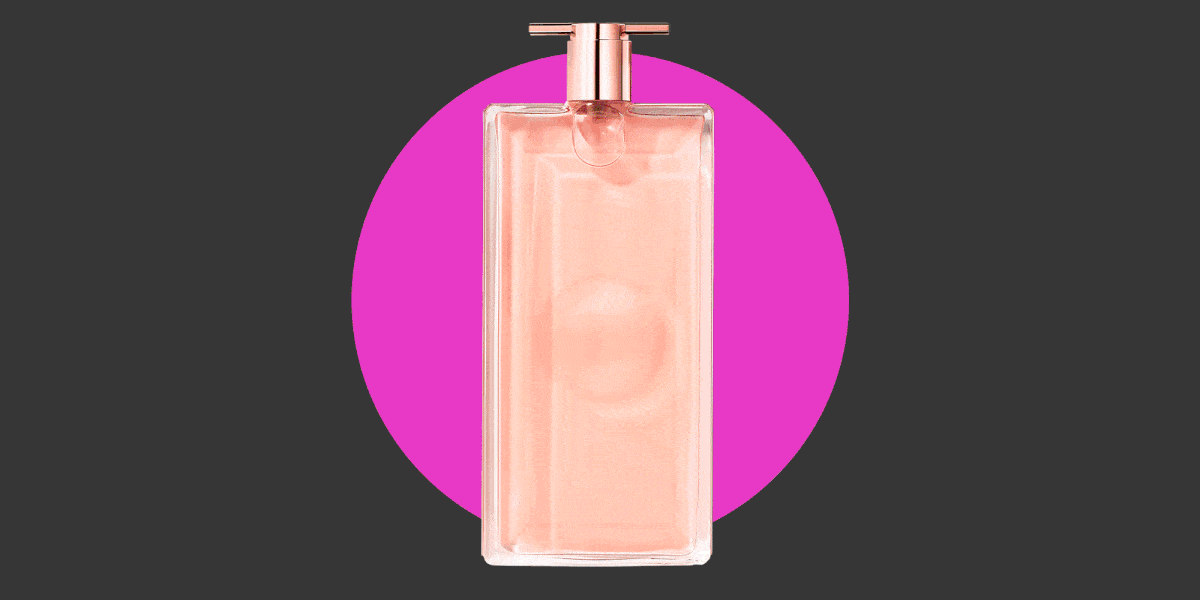
29 Winter Fragrances That Exude Main Character Energy
